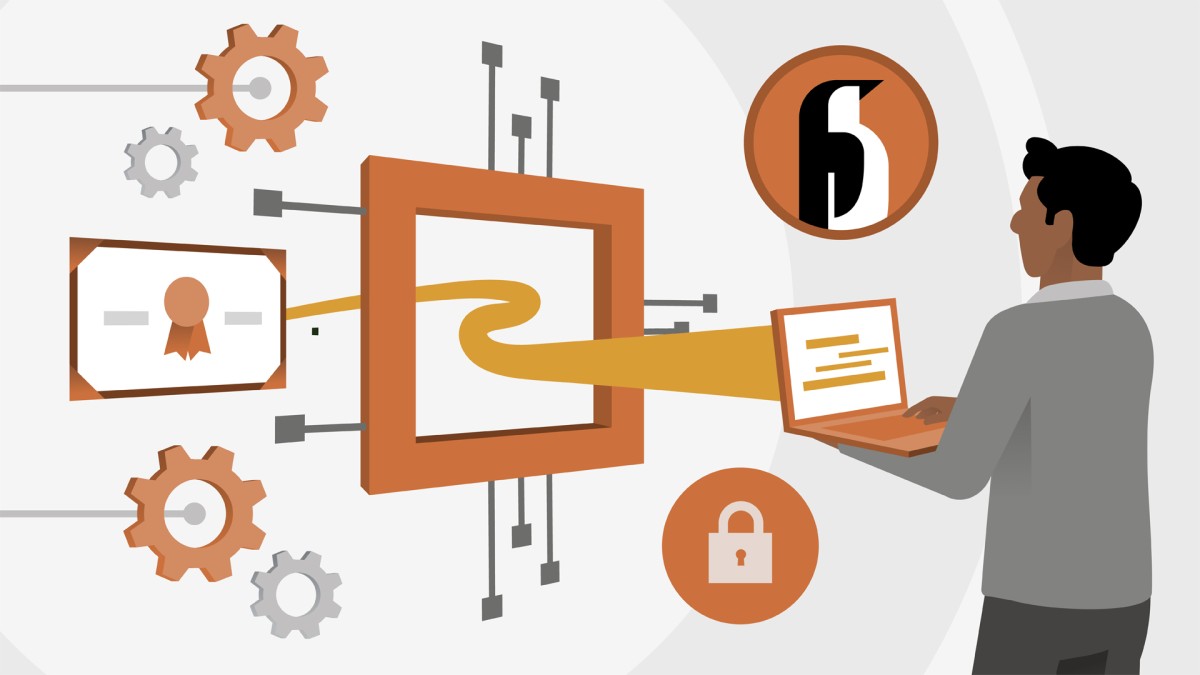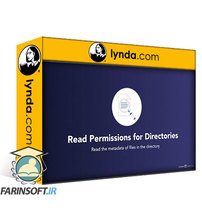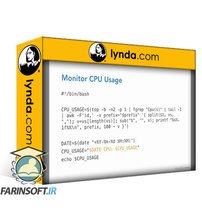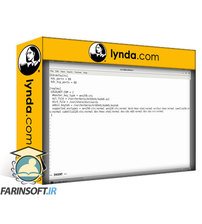در حال حاضر محصولی در سبد خرید شما وجود ندارد.

Looking to boost your know-how and showcase your Linux skill set to potential employers? Obtaining the CompTIA Linux+ certification can go a long way in proving your expertise. This popular, job-based certification is even required by many employers as a base requirement for administering Linux servers. In this course, Grant McWilliams helps you prepare to pass the CompTIA Linux+ (XKO-005) certification exam. The latest version of the exam was introduced in 2022 and replaces the XKO-004 exam. Throughout this course, Grant goes over each of the key topics covered in exam XKO-005, including setup, configuration, file management, server maintenance, security, troubleshooting, and o,re. Along the way, he references other courses in the LinkedIn Learning library to help you get more focused, in-depth coverage of the subjects covered in the exam.
در این روش نیاز به افزودن محصول به سبد خرید و تکمیل اطلاعات نیست و شما پس از وارد کردن ایمیل خود و طی کردن مراحل پرداخت لینک های دریافت محصولات را در ایمیل خود دریافت خواهید کرد.


Red Hat Certified System Administrator (EX200) Cert Prep: 1 Deploy, Configure, and Manage

آموزش کار با فایل ها و Permission آن ها در Linux
-Cert-Prep--3-Managing-Systems-with-Ansible-main-resized.jpg)
کورس یادگیری Red Hat Certified Engineer (EX294) Cert Prep : مدیریت سیستم ها با Ansible

Linux System Engineer: Advanced Disk Systems and System Backup
-Cert-Prep--2-Using-Ansible-Playbooks-main-resized.jpg)
آموزش استفاده از Ansible در Red Hat

Linux: System Information and Directory Structure Tools (2017)
-main-resized.jpg)
لینوکس: Shell و فرآیندها

آموزش اتومات کردن لینوکس با اسکریپت های Bash Shell

فیلم یادگیری Linux System Engineer: Authentication with LDAP and Kerberos
-main-resized.jpg)
آماده شدن برای آزمون LPIC-1 Exam 101
✨ تا ۷۰% تخفیف با شارژ کیف پول 🎁
مشاهده پلن ها